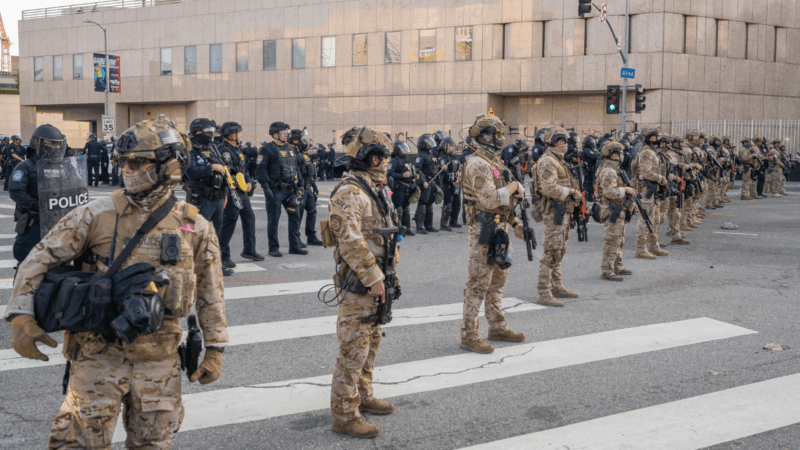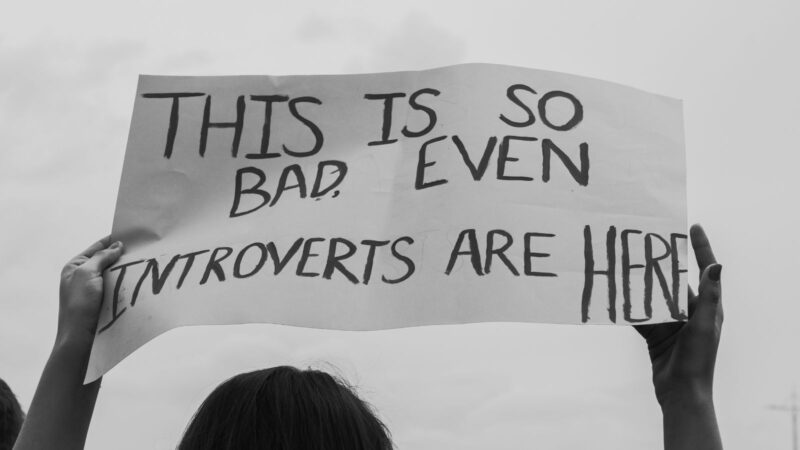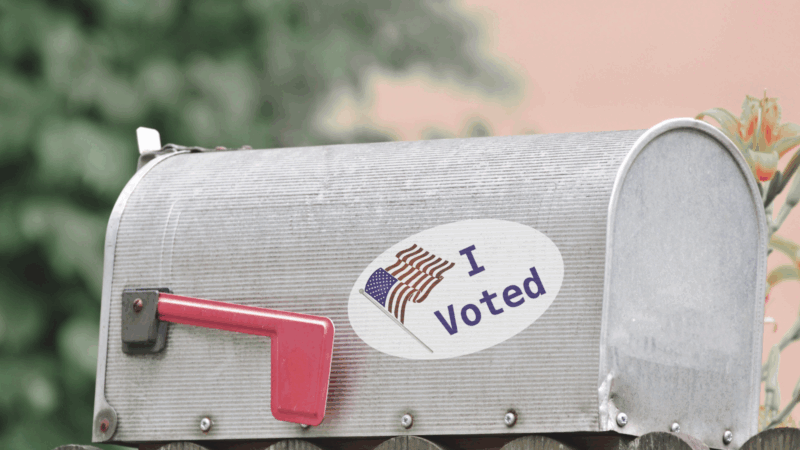Fusion voting as a path to proportional representation
- September 30, 2025
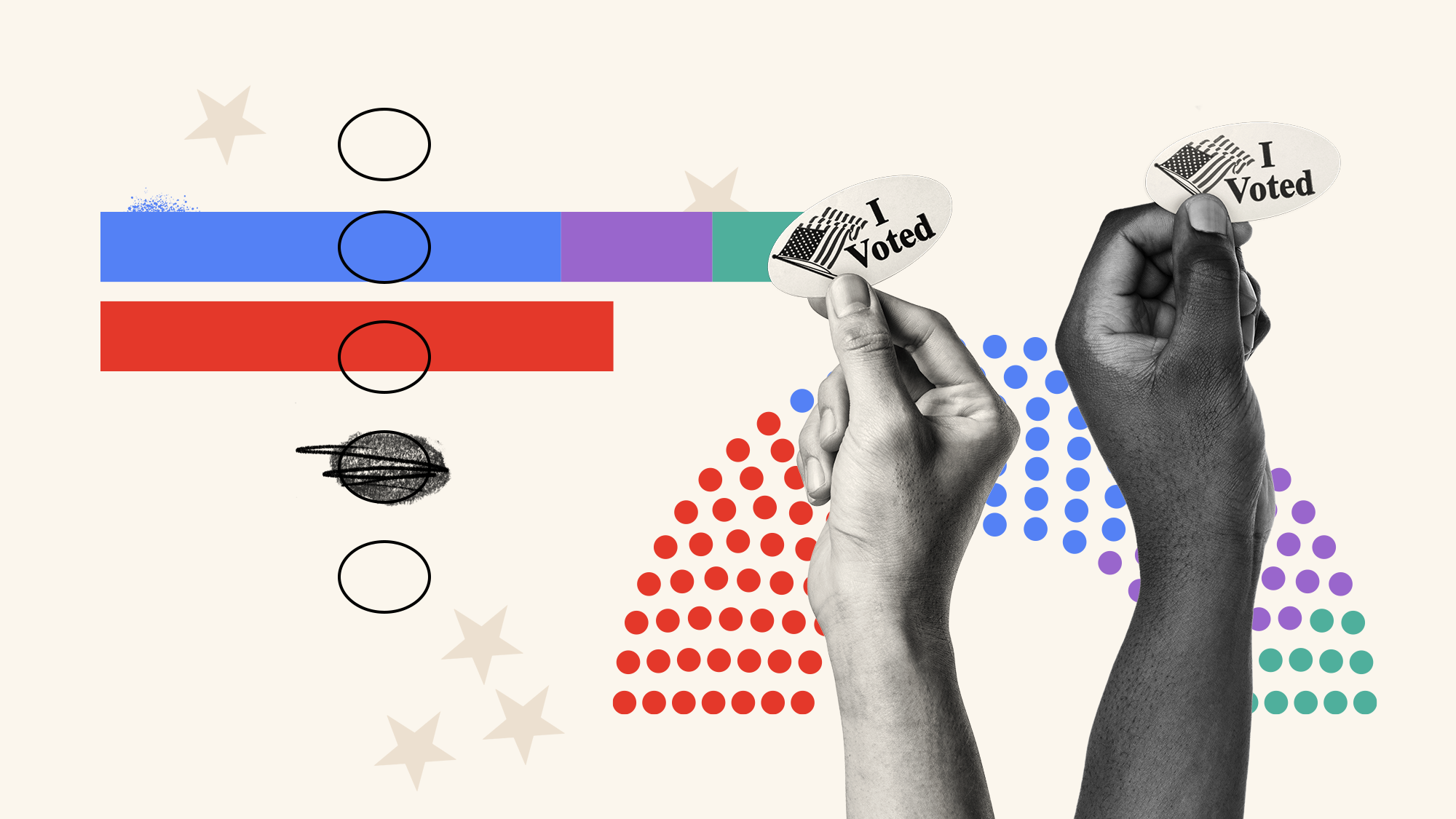
Efforts to relegalize electoral fusion and introduce proportional representation can work together
Fusion voting and proportional representation provide complementary ways to build a democracy that is more representative, responsive, and resistant to authoritarian takeover.
Read the full report: Fusion as a Pathway to Proportional Representation: Lessons from Global Experience and American Electoral Heritage Read the full report: Fusion as a Pathway to Proportional Representation: Lessons from Global Experience and American Electoral Heritage
- Fusion gives voters more choices within our current electoral system. With fusion, more than one political party can nominate the same candidate and voters can vote for their preferred candidate on the ballot line of the party that best reflects their values. This allows minor parties with distinct platforms and constituencies to cross-nominate and turn their voters out in support of major party candidates, rather than asking their members to waste votes on a long-shot candidate.
- Proportional representation (PR) moves elections away from the us-vs-them dynamics of a winner-take-all system. Under PR, each district has multiple legislative seats up for grabs in each election, and those seats are awarded in proportion to the vote received within the districts. Democracies that use PR are far less prone to extremism and authoritarian capture, in part because proportional systems incentivize cooperation and allow for more flexible political coalitions.
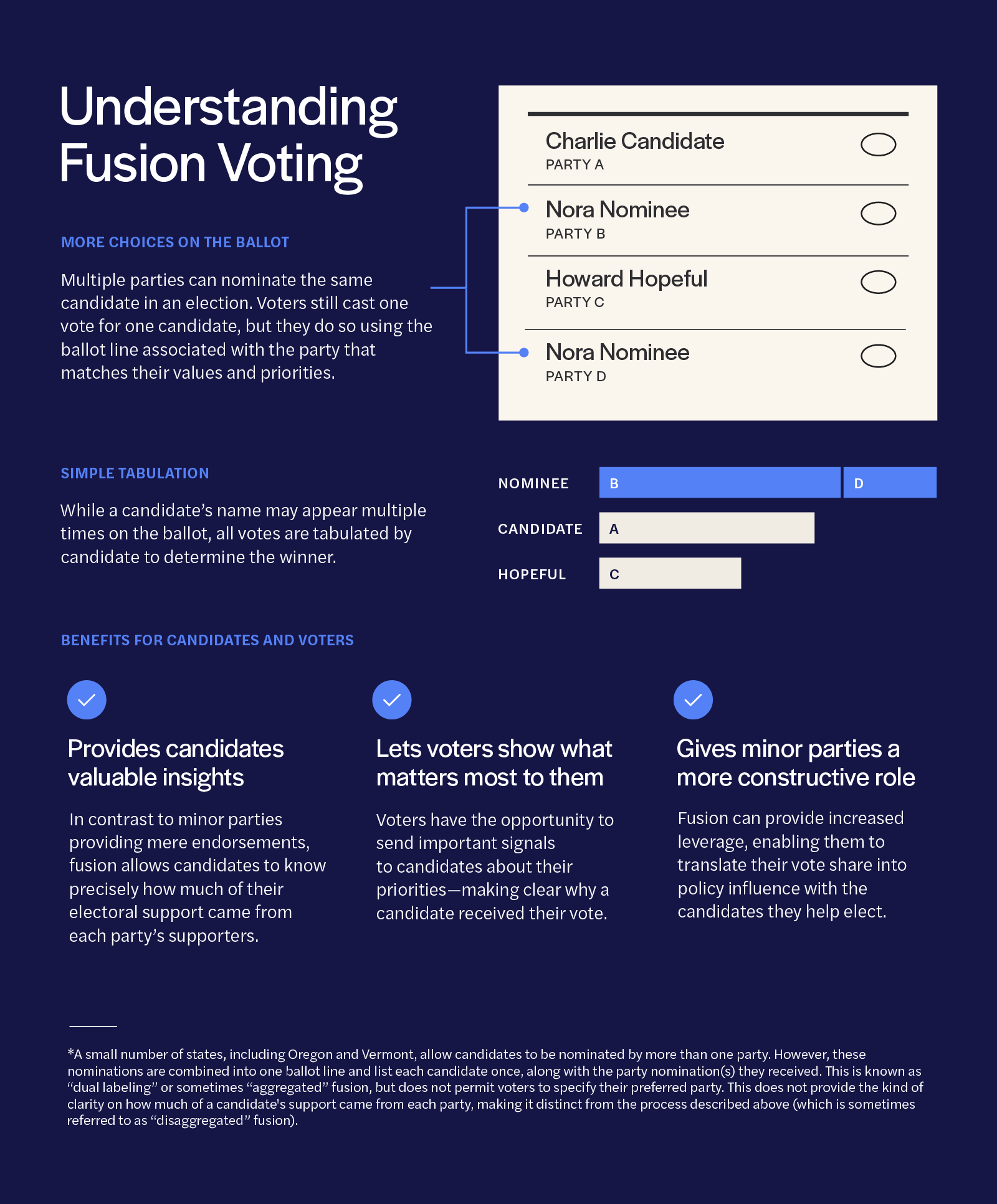
How are fusion voting and proportional representation related?
In addition to having its own benefits for American democracy, expanding fusion voting could make it easier for proportional representation to succeed.
There are many potential paths to adopting proportional representation. But around the world, when countries have made the switch to PR the story of that success often includes at least one of three common conditions:
- Widespread dissatisfaction with the existing winner-take-all system
- Cracks in major parties’ political dominance
- A disruptive event or shock that creates an opening for reform
What does this mean for reform in the United States today? There is certainly growing dissatisfaction with the political landscape that our winner-take-all elections have produced. And disruptive shocks to the system are unpredictable by their very nature. But our party system is stuck, with few opportunities for minor parties to challenge or influence the major parties that dominate the system.
Fusion voting could help foster the kinds of parties that can open up the party system and channel demands for reform. (Major parties banned fusion in most states a century ago precisely because they didn’t like the competition!) Throughout American history, the political parties that had the most success using fusion voting were
- Rooted in communities around shared issues of concern,
- Able to build impactful organizations to mobilize dissatisfied voters, and
- Strategically flexible in order to influence or challenge major parties.
These are precisely the kinds of parties that could help channel energy for change. By opening the political system to these kinds of minor parties once again, fusion could help create the infrastructure and pressure to make reform politically viable and widen the path to proportional representation.
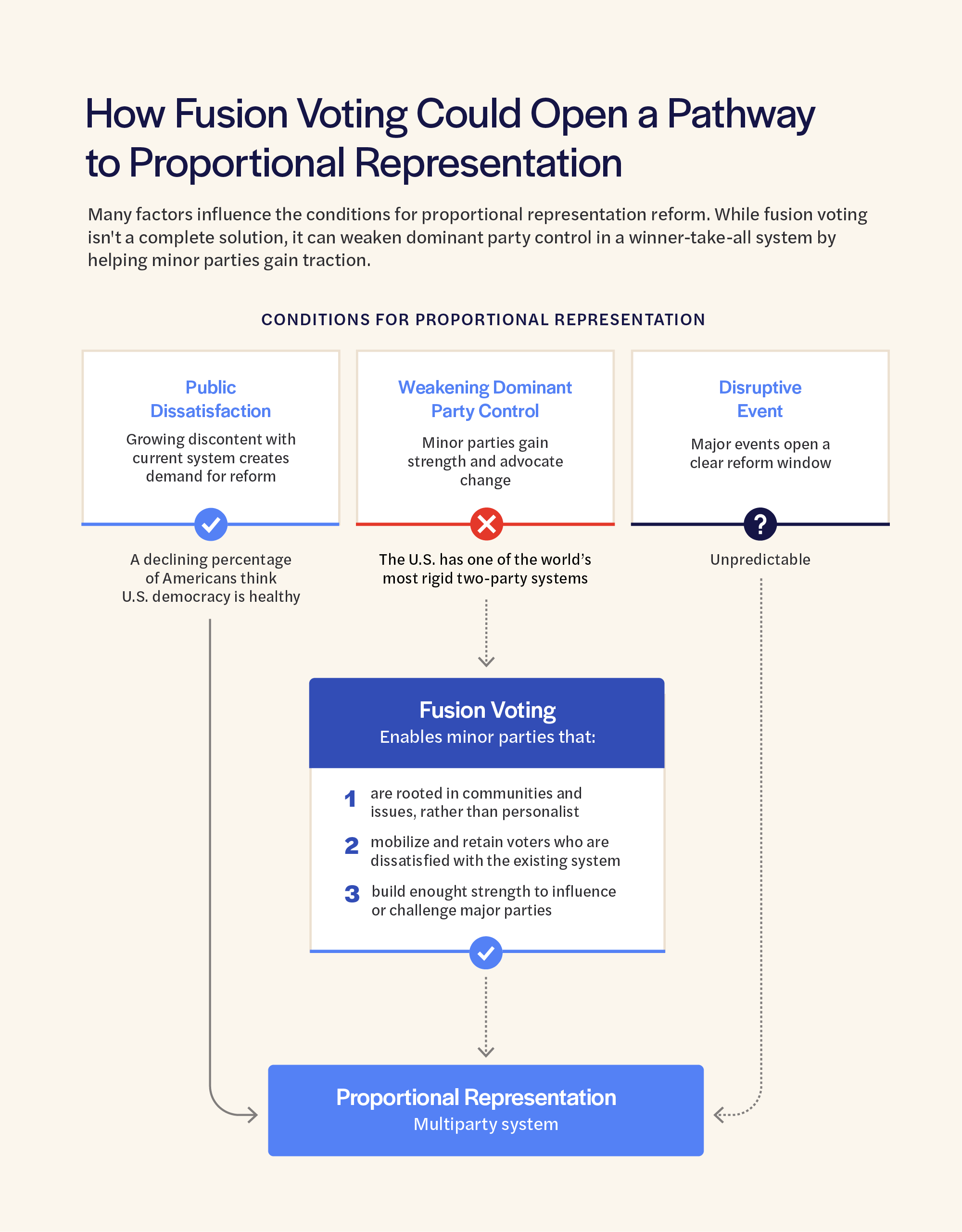
Read the full report: Fusion as a Pathway to Proportional Representation: Lessons from Global Experience and American Electoral Heritage Read the full report: Fusion as a Pathway to Proportional Representation: Lessons from Global Experience and American Electoral Heritage
Related Content
Join Us.
Building a stronger, more resilient democracy is possible, but we can’t do it alone. Become part of the fight today.
Donate
Sign Up for Updates Sign Up for Updates
Explore Careers Explore Careers
How to Protect Democracy How to Protect Democracy
